

Articles
What Is A Microwave Oven
Modified: October 20, 2024
Learn all about microwave ovens in this informative article. Discover how they work, their benefits, and tips for using them efficiently.
(Many of the links in this article redirect to a specific reviewed product. Your purchase of these products through affiliate links helps to generate commission for Storables.com, at no extra cost. Learn more)
Introduction
A microwave oven is one of the most versatile and convenient kitchen appliances available today. It has revolutionized our cooking habits and made our lives easier. With its quick and efficient cooking capabilities, a microwave oven has become an essential part of any modern kitchen.
Whether you’re a busy professional, a student, or a parent looking to prepare nutritious meals in no time, a microwave oven can be your best friend. It allows you to defrost, cook, and reheat food quickly and efficiently, saving you valuable time and effort.
But what exactly is a microwave oven and how does it work? In this article, we will dive deep into the world of microwave ovens, exploring their components, types, pros and cons, common uses, safety precautions, tips for efficient use, and cleaning and maintenance. By the end of this article, you will have a comprehensive understanding of microwave ovens and how to make the most of them in your kitchen.
So, let’s get started and unravel the mysteries behind this remarkable kitchen appliance!
Key Takeaways:
- Microwave ovens offer time-saving, energy-efficient, and versatile cooking options, making them essential for busy individuals. Understanding their components, types, and safety precautions ensures efficient and safe use in the kitchen.
- Efficient use and proper maintenance of microwave ovens are crucial for optimal cooking results and longevity. Following safety guidelines, utilizing different types, and regular cleaning and maintenance contribute to a seamless and enjoyable cooking experience.
How a Microwave Oven Works
Understanding how a microwave oven works can help you appreciate its efficiency and effectiveness in cooking. At the heart of every microwave oven is a magnetron, a device that generates microwaves.
When you turn on the microwave oven and set the desired cooking time and power level, the magnetron generates microwaves with a frequency of around 2.45 gigahertz (GHz). These microwaves travel into the cooking chamber through a waveguide.
Once inside the cooking chamber, the microwaves bounce off the reflective metal walls and are absorbed by the food. Unlike traditional ovens that heat food through convection, microwave ovens use a process called dielectric heating.
Dielectric heating occurs when the water molecules, sugars, and fats in the food absorb the microwaves. As these molecules absorb the microwaves, they vibrate rapidly, generating heat. This heat is transferred to the rest of the food, cooking it from the inside out.
It’s important to note that not all food items heat up evenly in a microwave oven. The uneven distribution of microwaves can result in hot spots and cold spots. To ensure thorough cooking, it’s essential to rotate and stir the food during the cooking process.
It’s also worth mentioning that microwave ovens are excellent for reheating food due to their ability to quickly and evenly distribute heat. This is because microwaves penetrate the food and heat it directly, unlike traditional ovens that rely on heated air circulating around the food.
Components of a Microwave Oven
A microwave oven is made up of several key components that work together to produce the heating and cooking capabilities we rely on.
- Magnetron: This is the heart of the microwave oven. The magnetron generates microwaves by converting electrical energy into electromagnetic waves.
- Cooking Chamber: The cooking chamber is the enclosed space where you place your food. It is designed to be reflective to ensure that the microwaves are directed towards the food and not absorbed by the walls.
- Turntable: The turntable is a rotating plate inside the cooking chamber that helps to ensure the even distribution of microwaves. It allows the food to be heated from all sides and reduces the chances of hot spots.
- Control Panel: The control panel is where you set the desired cooking time, power level, and other settings. It includes buttons, dials, and a digital display that allows you to easily operate the microwave oven.
- Power Supply: The power supply is responsible for providing the electrical energy required to operate the microwave oven. It converts the standard household voltage into the specific power needed by the magnetron.
- Sensor: Some advanced microwave ovens include sensors that can detect the moisture or temperature of the food. These sensors adjust the cooking time and power level automatically to ensure optimal results.
- Ventilation System: Microwave ovens generate heat, so they must have a ventilation system to dissipate the heat and prevent overheating. This usually includes a fan and air vents.
- Door and Safety Mechanisms: The door of the microwave oven is designed to keep the microwaves inside the cooking chamber and protect you from exposure. It also includes safety mechanisms such as interlock switches that prevent the oven from operating when the door is open.
These components work in harmony to provide you with a safe and efficient cooking experience. Understanding how these components function can help you troubleshoot any issues that may arise and make the most of your microwave oven.
Types of Microwave Ovens
There are several types of microwave ovens available in the market, each catering to different needs and preferences. Understanding the different types can help you choose the one that best suits your cooking style and requirements.
- Countertop Microwave Oven: This is the most common type of microwave oven found in households. It is versatile, portable, and can be placed on any countertop or kitchen surface. Countertop microwaves come in various sizes, ranging from compact models suitable for small kitchens to larger models with more advanced features.
- Built-in Microwave Oven: Built-in microwaves are designed to be installed into kitchen cabinets or walls, providing a seamless and integrated look. They save counter space and can be placed at a convenient height for easy access. Built-in microwaves often come with additional features and customization options.
- Over-the-Range Microwave Oven: Over-the-range microwaves are installed above the cooking range or stovetop. These microwaves combine the functions of a microwave oven and a range hood, providing ventilation for the cooktop. They are a space-saving option and eliminate the need for a separate hood.
- Convection Microwave Oven: Convection microwaves combine the benefits of microwave technology with convection cooking. They have a heating element and a fan that circulates the hot air within the cooking chamber. This allows for faster and more even cooking results, making them ideal for baking and roasting.
- Grill Microwave Oven: Grill microwaves come with a heating element or grill that allows you to achieve a crispy and browned texture on your food. They are perfect for grilling meat, toasting sandwiches, or making crispy snacks.
- Combi Microwave Oven: Combi microwaves integrate microwave technology, convection cooking, and grill functionality into a single unit. They offer the versatility to cook using different methods and are well-suited for multi-tasking in the kitchen.
When choosing a microwave oven, consider factors such as available space, cooking requirements, budget, and desired features. Each type of microwave oven has its own advantages and limitations, so it’s important to assess your needs before making a decision.
Pros and Cons of Microwave Ovens
Microwave ovens have undoubtedly revolutionized the way we cook and heat food. However, like any appliance, they come with their own set of pros and cons. Understanding these can help you make an informed decision about whether a microwave oven is the right choice for you.
- Pros:
- Time-saving: Microwave ovens cook food much faster than conventional cooking methods. They are perfect for busy individuals who don’t have a lot of time to spend in the kitchen.
- Energy-efficient: Compared to traditional ovens, microwaves use less energy to cook or heat food. They focus the heat directly on the food, reducing cooking times and minimizing energy consumption.
- Versatile: Microwave ovens are not just for reheating leftovers. They can be used for a variety of cooking tasks, including defrosting, steaming vegetables, popping popcorn, and even baking and roasting with the convection feature.
- Preservation of nutrients: Microwave cooking often preserves more nutrients in food compared to traditional cooking methods. The shorter cooking times and minimal use of water help retain the natural vitamins and minerals present in the food.
- Easy to use: Microwave ovens are generally user-friendly with simple controls and pre-set functions. They require minimal supervision and can be operated with just a few button presses.
- Cons:
- Uneven heating: Microwave ovens can sometimes lead to uneven heating, resulting in hot spots or cold spots in the food. This can be mitigated by stirring and rotating the food during the cooking process.
- Limitations in browning and texture: While microwaves are great for reheating and cooking certain dishes, they may not achieve the same level of browning and texture as traditional cooking methods. Foods that rely on crispiness or caramelization may not turn out as desired.
- Container selection: Not all containers are suitable for microwave use. Metal or aluminum foil should never be used in a microwave oven as they can cause sparks or fires. It’s important to choose microwave-safe containers that won’t melt or leach chemicals into the food.
- Limited cooking space: The size and dimensions of a microwave oven can restrict the size of the dishes that can be cooked or reheated. Larger food items or multiple dishes may not fit or cook evenly.
- Loss of visual cues: Microwave cooking eliminates the visual cues such as browning or bubbling that indicate the doneness of food. It requires careful monitoring and use of recommended cooking times and power levels.
Considering these pros and cons can help you determine whether a microwave oven is suitable for your cooking needs and preferences. It’s important to weigh the convenience and efficiency against the limitations to make an informed decision for your kitchen.
When using a microwave oven, always use microwave-safe containers and cover food to prevent splattering. Avoid using metal or foil, as it can cause sparks and damage the oven.
Safety Precautions when Using a Microwave Oven
While microwave ovens are generally safe to use, it’s essential to follow certain safety precautions to prevent accidents and ensure the well-being of yourself and your family. Here are some important safety tips to keep in mind:
- Read the manual: Familiarize yourself with the user manual that came with your microwave oven. It provides specific guidelines and instructions for safe operation and maintenance.
- Use microwave-safe containers: Always use microwave-safe containers and utensils when cooking or reheating food in the microwave oven. Avoid using metal, aluminum foil, or containers with metallic trim, as they can cause sparks and damage the oven.
- Don’t overheat liquids: Be cautious when heating liquids in the microwave. Superheating can occur, where the liquid heats beyond its boiling point without showing visible signs of boiling. Stir liquids thoroughly and use a microwave-safe container with a handle to prevent accidental burns.
- Avoid overheating fatty foods: Foods high in fat or oil can rapidly reach high temperatures in a microwave oven. Be mindful when heating greasy foods to prevent splattering or potential fires. Use a microwave-safe cover or microwave-safe paper towels to prevent mess and minimize the risk of burns.
- Open containers carefully: When removing containers from the microwave oven, be cautious of hot steam that may be released. Open lids and covers away from your face and hands to prevent burns.
- Allow for ventilation: Ensure that the ventilation openings on the microwave are not blocked or obstructed. This helps dissipate heat and prevents overheating of the appliance.
- Keep children away: If you have young children, always supervise them when they are using the microwave oven. Make sure they understand basic safety guidelines and that they know how to use it properly.
- Don’t operate an empty microwave: Avoid running the microwave oven when it is empty. Microwaving nothing can damage the magnetron, leading to costly repairs.
- Regular maintenance: Keep your microwave oven clean and free from food debris. Clean spills and splatters immediately to prevent odors, stains, and potential fire hazards. Follow the manufacturer’s instructions for cleaning and maintenance.
By following these safety precautions, you can minimize the risks associated with using a microwave oven and ensure safe and enjoyable cooking experiences in your kitchen.
Common Uses of Microwave Ovens
Microwave ovens have become an indispensable tool in the kitchen due to their versatility and efficiency. They can perform a variety of cooking tasks, making our lives easier and more convenient. Here are some common uses of microwave ovens:
- Heating and reheating: One of the most common uses of microwave ovens is to heat or reheat food quickly. Whether you’re warming up leftovers, heating a cup of coffee, or reheating a frozen meal, microwaves can efficiently bring your food to the desired temperature in a matter of minutes.
- Defrosting: Microwave ovens are excellent for defrosting frozen food quickly and safely. Instead of waiting hours for your food to thaw on the countertop, you can use the defrost function on your microwave to speed up the process. Just make sure to follow the recommended guidelines and rotate the food to ensure even defrosting.
- Cooking vegetables: Microwaves can steam vegetables in a fraction of the time it takes on the stovetop or in a steamer. The microwave locks in moisture and rapidly cooks the vegetables, preserving their nutrients and vibrant colors. Simply put the vegetables in a microwave-safe dish with a little water and cook them until tender.
- Popcorn: Making popcorn has never been easier thanks to microwave ovens. Microwave popcorn bags or microwave-safe popcorn bowls are readily available and can be popped in the microwave within minutes. It’s a quick and convenient snack for movie nights or whenever you’re craving something salty and crunchy.
- Softening or melting ingredients: Microwave ovens are great for softening butter or melting chocolate or other ingredients. Instead of waiting for them to come to room temperature or dealing with a double boiler, you can use the microwave at low power settings for gentle and controlled heating.
- Baking and cooking small dishes: Some microwave ovens come with convection or grill functions, allowing you to bake or cook small dishes. From cakes and muffins to grilled sandwiches or roasted chicken, microwave ovens with these features provide a convenient alternative to traditional baking or grilling methods.
- Steaming rice or pasta: Microwaves can quickly and easily cook rice or pasta without the need for a separate pot. By adding the correct amount of water and using microwave-safe containers, you can achieve perfectly cooked rice or pasta in a fraction of the time.
These are just a few examples of the many common uses of microwave ovens. The convenience and versatility they offer make them an indispensable tool in the kitchen for busy individuals, students, and anyone who values quick and efficient cooking.
Tips for Efficient Use of a Microwave Oven
To make the most of your microwave oven and ensure efficient cooking, here are some useful tips to keep in mind:
- Follow cooking guidelines: Read the instruction manual and follow the recommended cooking guidelines provided by the manufacturer. This will help you understand the specific power levels, cooking times, and techniques necessary for different types of food.
- Use microwave-safe containers: Use microwave-safe containers and cover them with microwave-safe lids or microwave-safe paper towels. Avoid using plastic containers or wrap unless specifically labeled as microwave-safe.
- Stir and rotate food: To ensure even cooking, stir and rotate the food during the cooking process. This helps distribute the heat evenly and reduces the chances of hot spots or unevenly cooked areas.
- Consider zoned cooking: If you’re cooking or reheating multiple dishes, arrange them in different areas of the cooking chamber based on their cooking requirements. Items that require longer cooking times or higher power can be placed towards the center, while items that require less cooking time or lower power can be placed towards the edges.
- Use microwave-safe covers: When cooking foods that may splatter, such as sauces or soups, use microwave-safe covers to prevent mess and promote even heating. This also helps retain moisture and prevents the food from drying out.
- Utilize the power levels: Different foods and dishes require varying power levels to achieve optimal results. Experiment with different power levels to determine the best setting for your cooking needs. Lower power levels can help prevent overcooking and maintain the texture of delicate foods.
- Utilize the defrost function: Take advantage of the defrost function for thawing frozen food. Follow the manufacturer’s instructions for defrosting times based on the weight and type of food being thawed. Remember to rotate and flip the food during the defrosting process for even thawing.
- Let food stand after cooking: Allow food to stand for a short period after cooking in the microwave oven. This helps the heat distribute evenly throughout the food and allows residual cooking to occur.
- Monitor cooking times: Keep an eye on the cooking times, especially when trying a new recipe or using different power levels. Microwaves cook quickly, so it’s important not to leave the food unattended for long periods to avoid overcooking or burning.
- Clean regularly: Regularly clean the inside of your microwave oven to remove food splatters and spills. Not only does this prevent odors, but it also helps the microwave function efficiently.
By following these tips, you can ensure efficient and effective use of your microwave oven, resulting in deliciously cooked meals in less time.
Cleaning and Maintenance of Microwave Ovens
Proper cleaning and maintenance of your microwave oven are essential to keep it running smoothly and prolong its lifespan. Here are some helpful tips to keep your microwave oven clean and well-maintained:
- Regularly wipe down the interior: After each use, wipe down the interior of the microwave with a damp cloth or sponge to remove any food splatters or spills. This prevents the build-up of food residue and reduces the risk of odors.
- Remove and clean the turntable: Take out the turntable and wash it with warm soapy water, or place it in the dishwasher if it’s dishwasher-safe. Clean any food debris or grease that may have accumulated on the turntable support area.
- Clean the door and control panel: Wipe down the exterior of the microwave, including the door and control panel, with a mild cleaner or a mixture of water and vinegar. Avoid using abrasive cleaners or harsh chemicals that can damage the surface.
- Deodorize with lemon or baking soda: To eliminate lingering odors in the microwave, place a bowl of water with lemon slices or sprinkle some baking soda on a damp cloth and wipe down the interior. Microwave on high for a few minutes to remove any unpleasant smells.
- Inspect and clean the door seal: Periodically inspect the door seal for any signs of damage or dirt. Wipe it down with a cloth soaked in warm soapy water to remove any dirt or residue that may affect the seal’s effectiveness.
- Check and clean the air vents: Ensure that the air vents on the microwave are not blocked by dust or debris. Clean them with a soft brush or cloth to remove any build-up that could hinder proper ventilation.
- Inspect the power cord: Regularly check the condition of the power cord. If there are any signs of damage or wear, have it repaired or replaced by a professional to prevent electrical hazards.
- Refer to the user manual for specific maintenance: Consult the user manual for any additional cleaning and maintenance instructions specific to your microwave model. It may provide insights on how to clean the filters, if applicable, or how to address any specific issues that may arise.
- Annual professional maintenance: Consider scheduling an annual professional maintenance check for your microwave oven. A technician can inspect the internal components, clean the vents and filters, and ensure that the oven is functioning optimally.
By following these cleaning and maintenance tips, you can keep your microwave oven in excellent condition and enjoy efficient and reliable performance for years to come.
Read more: What Is The Best Microwave Oven
Conclusion
Microwave ovens have revolutionized the way we cook and heat food, providing convenience and efficiency in our busy lives. Understanding how these kitchen appliances work and how to use them effectively is key to making the most of their capabilities.
In this comprehensive guide, we’ve explored the inner workings of microwave ovens, delved into their components, discussed the different types available, and examined their pros and cons. We’ve also covered important safety precautions to follow when using a microwave oven, as well as common uses, tips for efficient use, and cleaning and maintenance guidelines.
By following the tips for efficient use, you can ensure even cooking and optimal results. Properly cleaning and maintaining your microwave oven will help keep it running smoothly and extend its lifespan, allowing you to continue enjoying its benefits for years to come.
Whether you’re using a microwave oven to quickly heat up leftovers, defrost frozen food, steam vegetables, or explore more advanced cooking techniques, it’s clear that these versatile appliances have become an essential tool in our kitchen arsenal.
So, embrace the convenience and efficiency of microwave cooking, while being mindful of safety guidelines and maintenance practices. With a little care and attention, your microwave oven will continue to serve you well, providing delicious meals and saving you precious time in the kitchen.
Frequently Asked Questions about What Is A Microwave Oven
Was this page helpful?
At Storables.com, we guarantee accurate and reliable information. Our content, validated by Expert Board Contributors, is crafted following stringent Editorial Policies. We're committed to providing you with well-researched, expert-backed insights for all your informational needs.
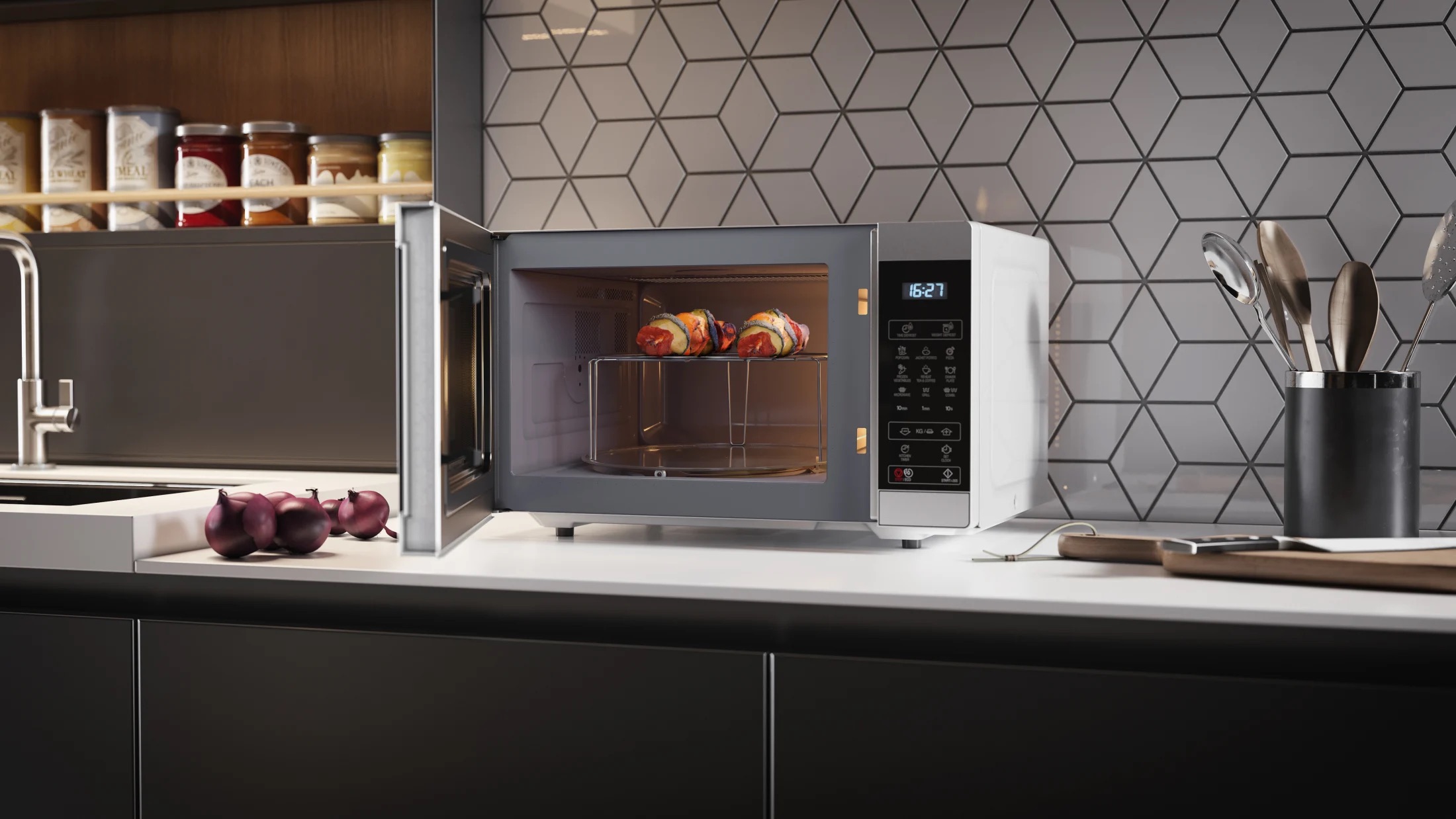
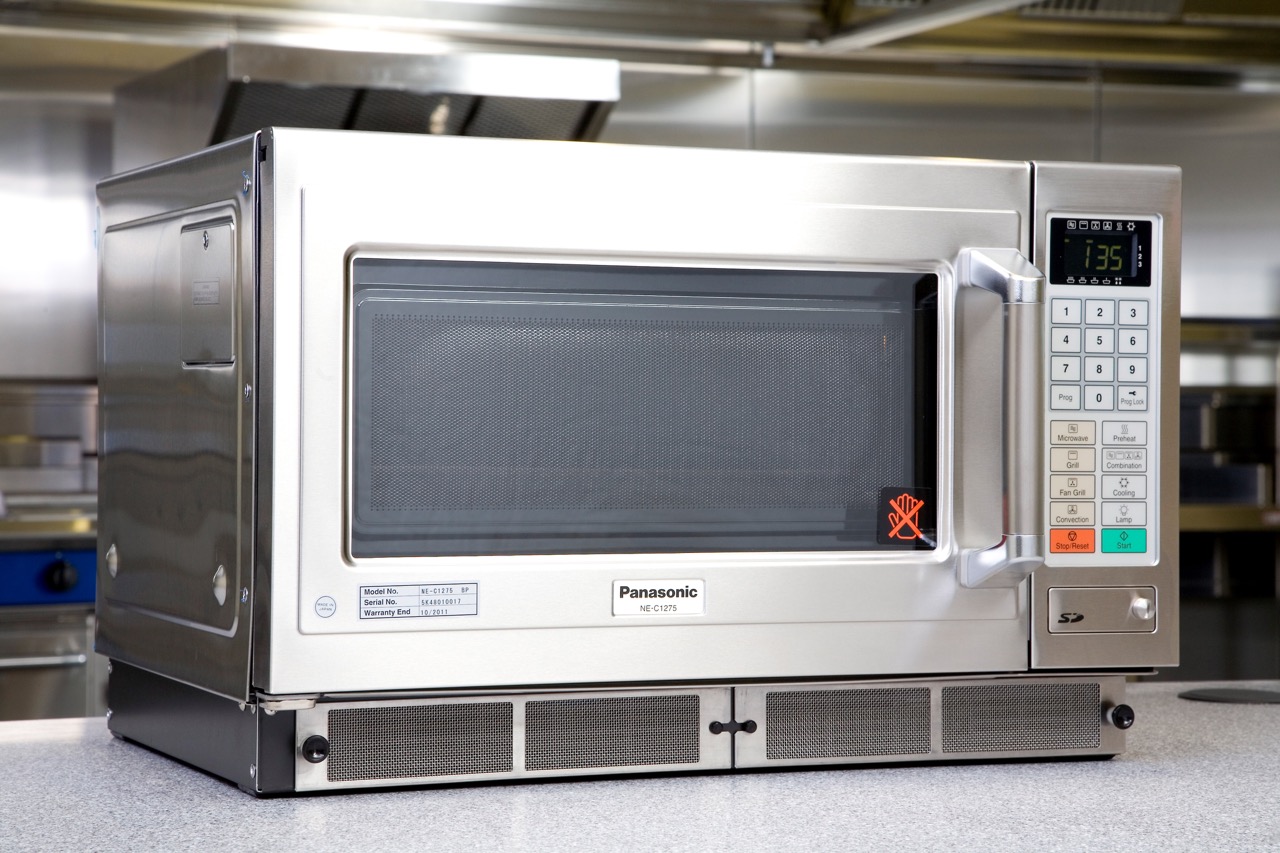
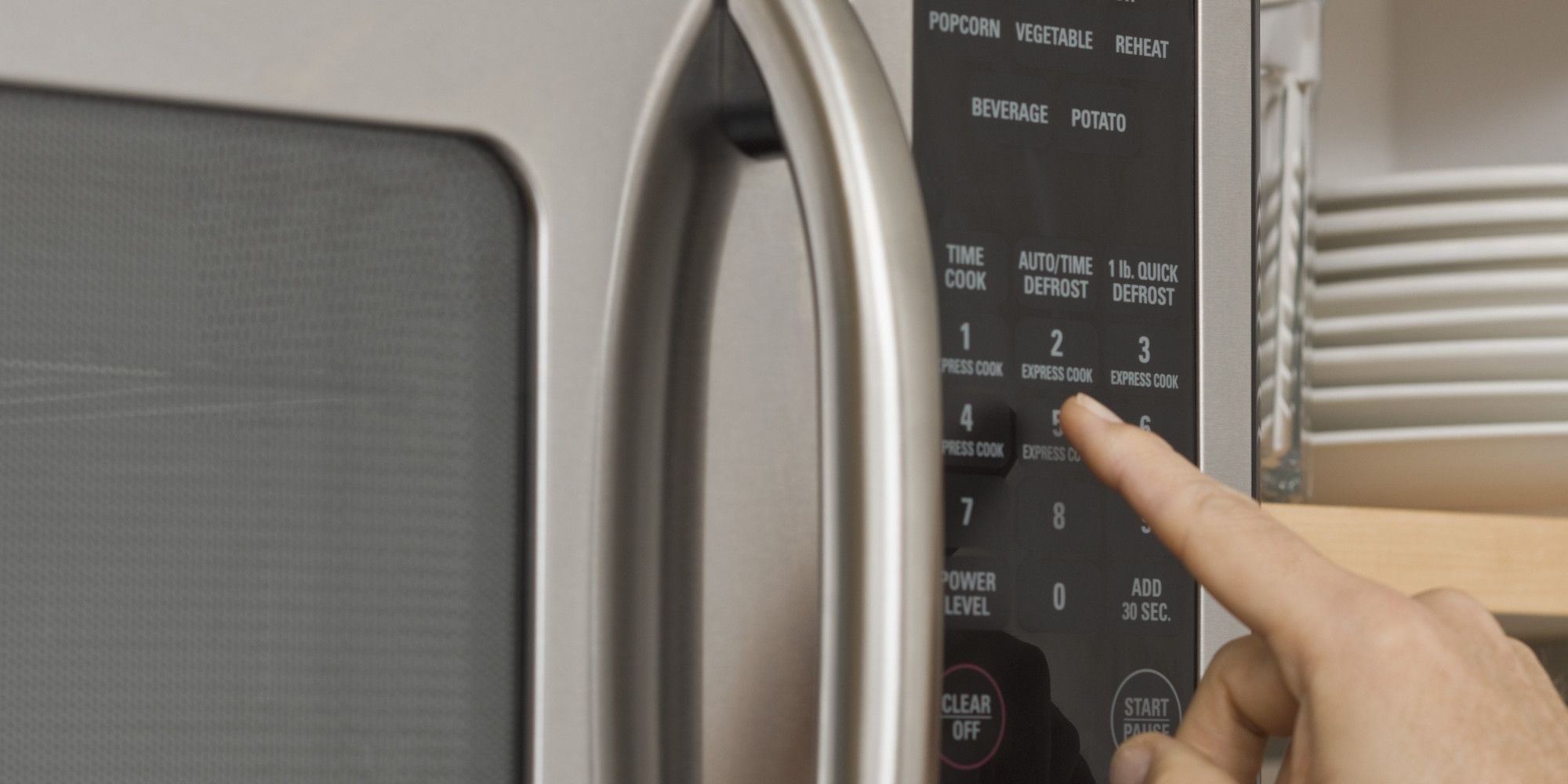
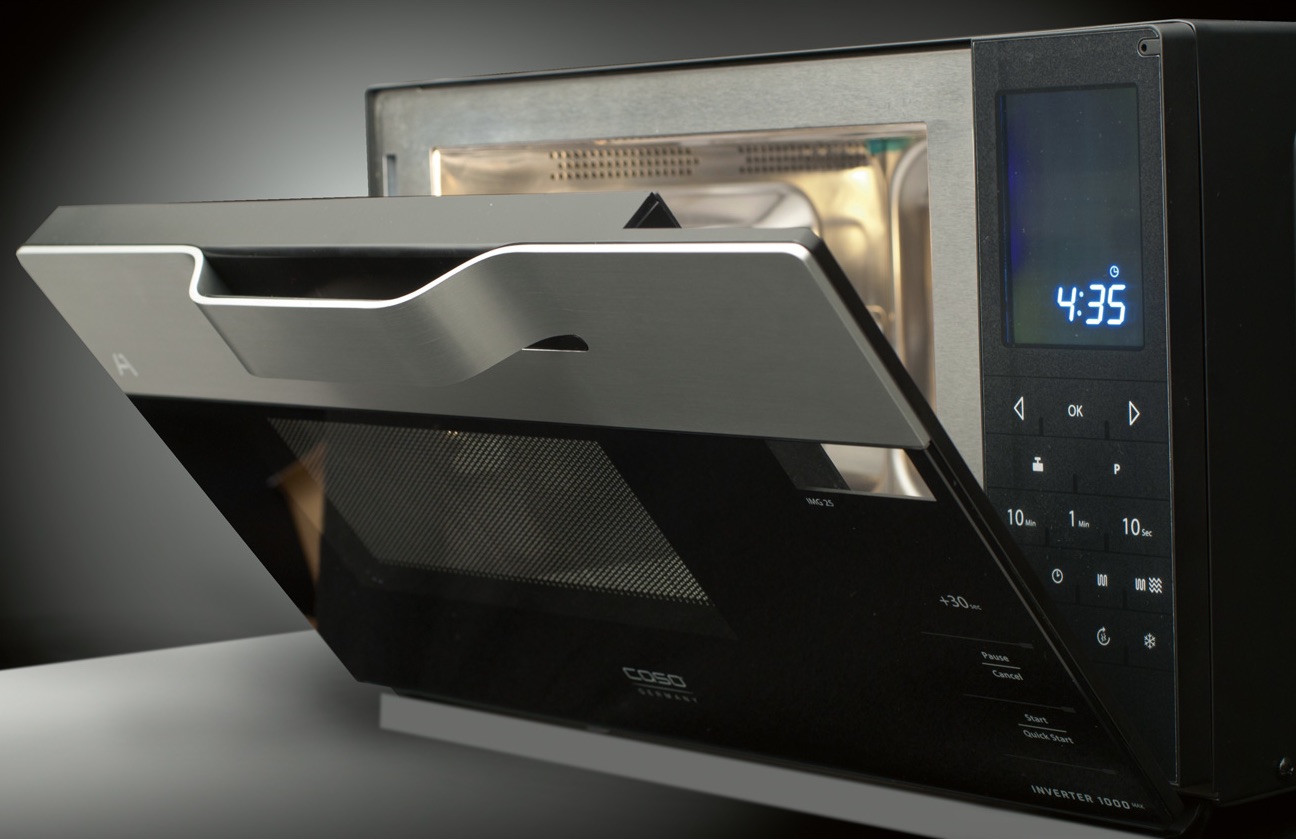
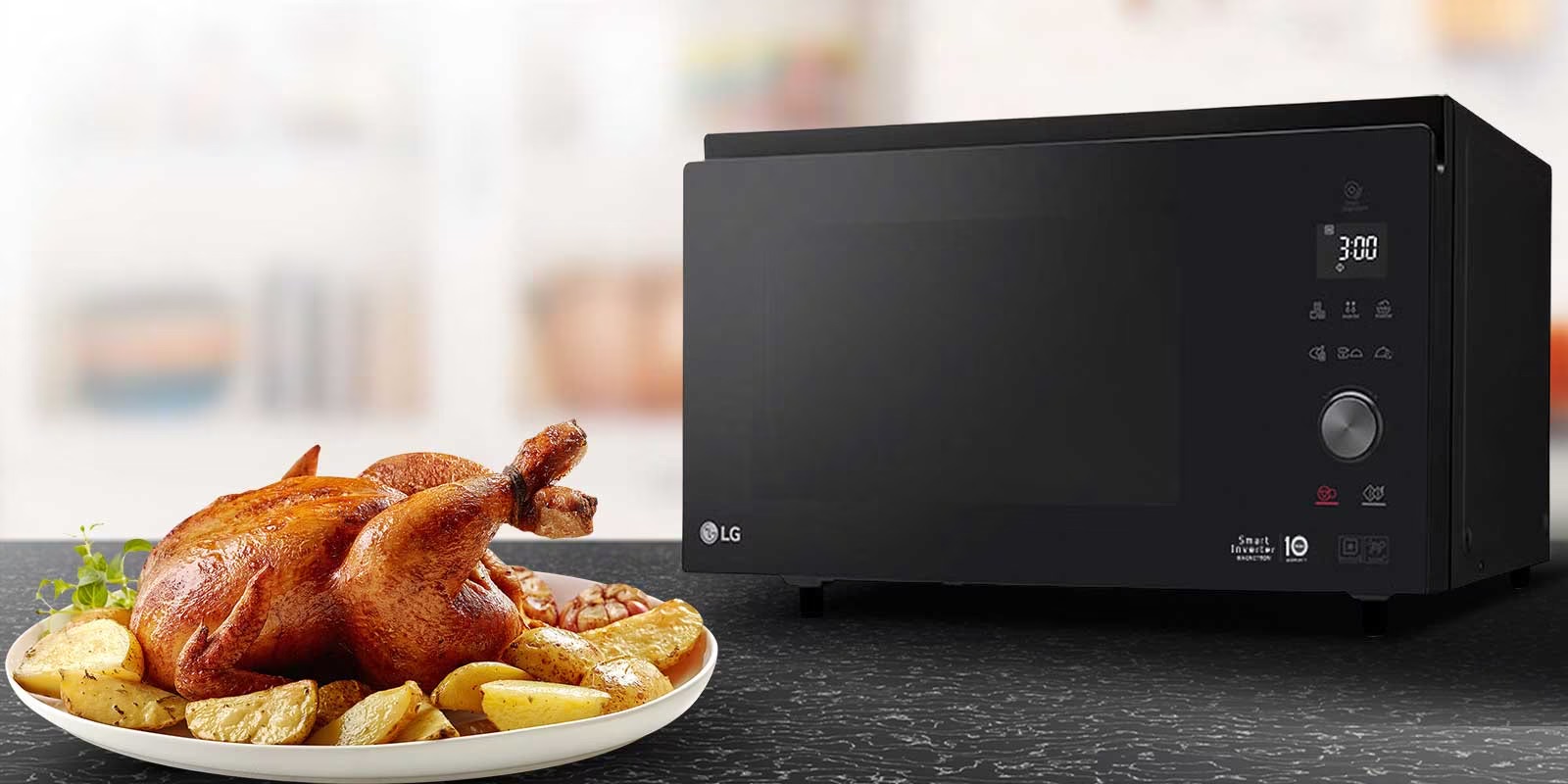
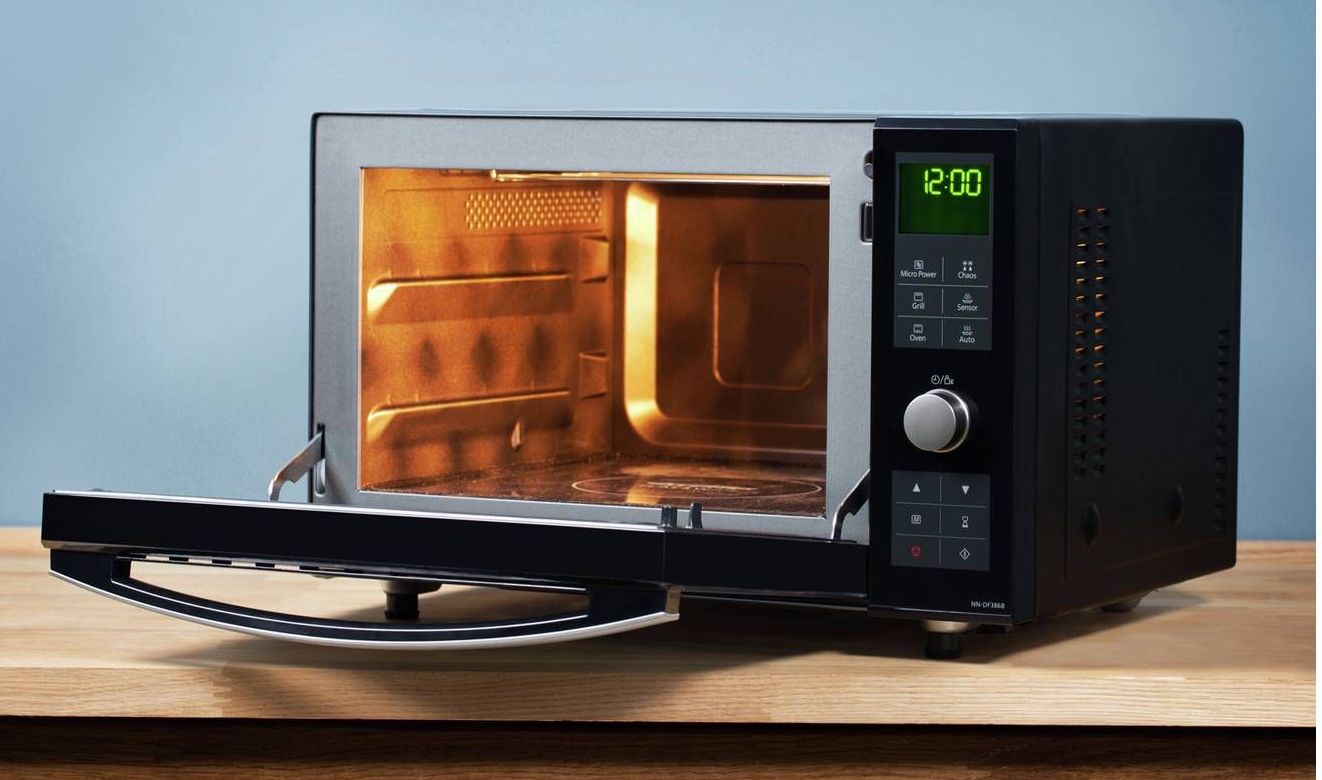
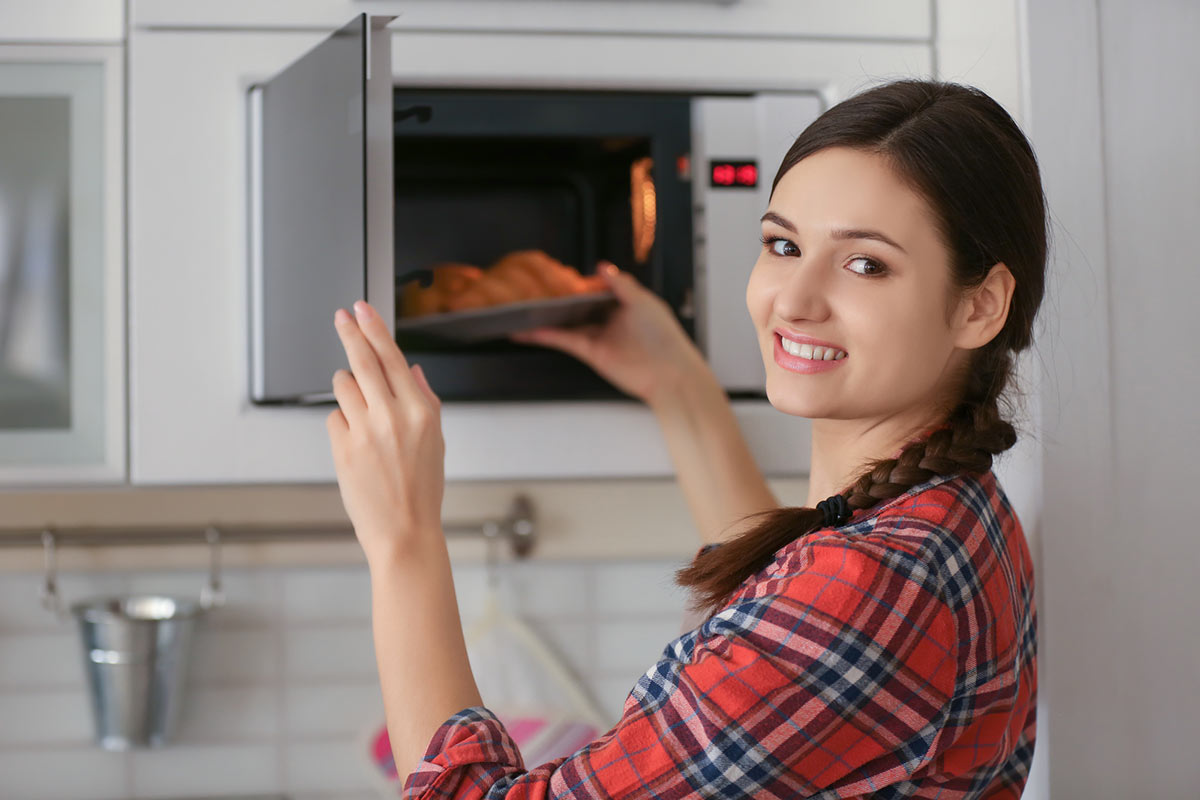
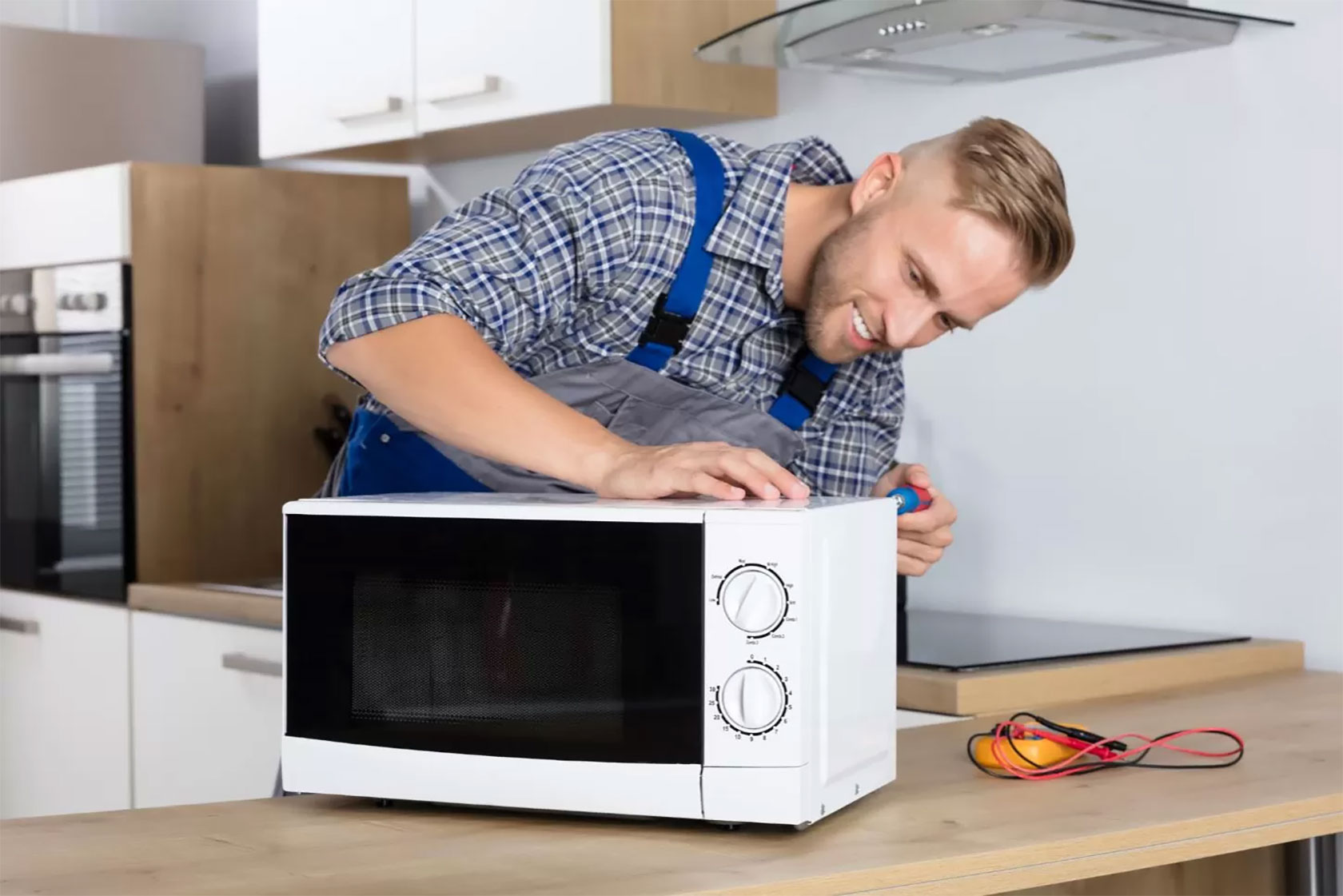
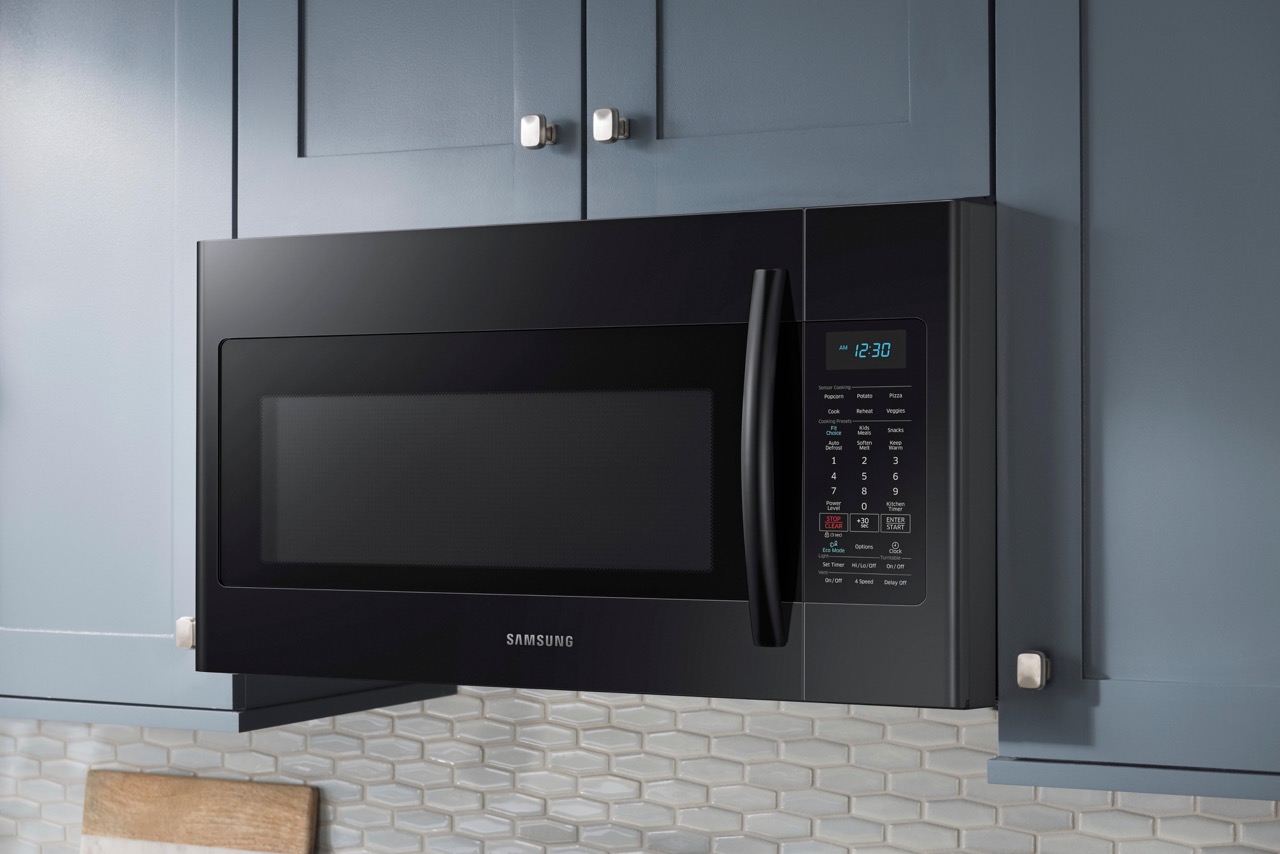
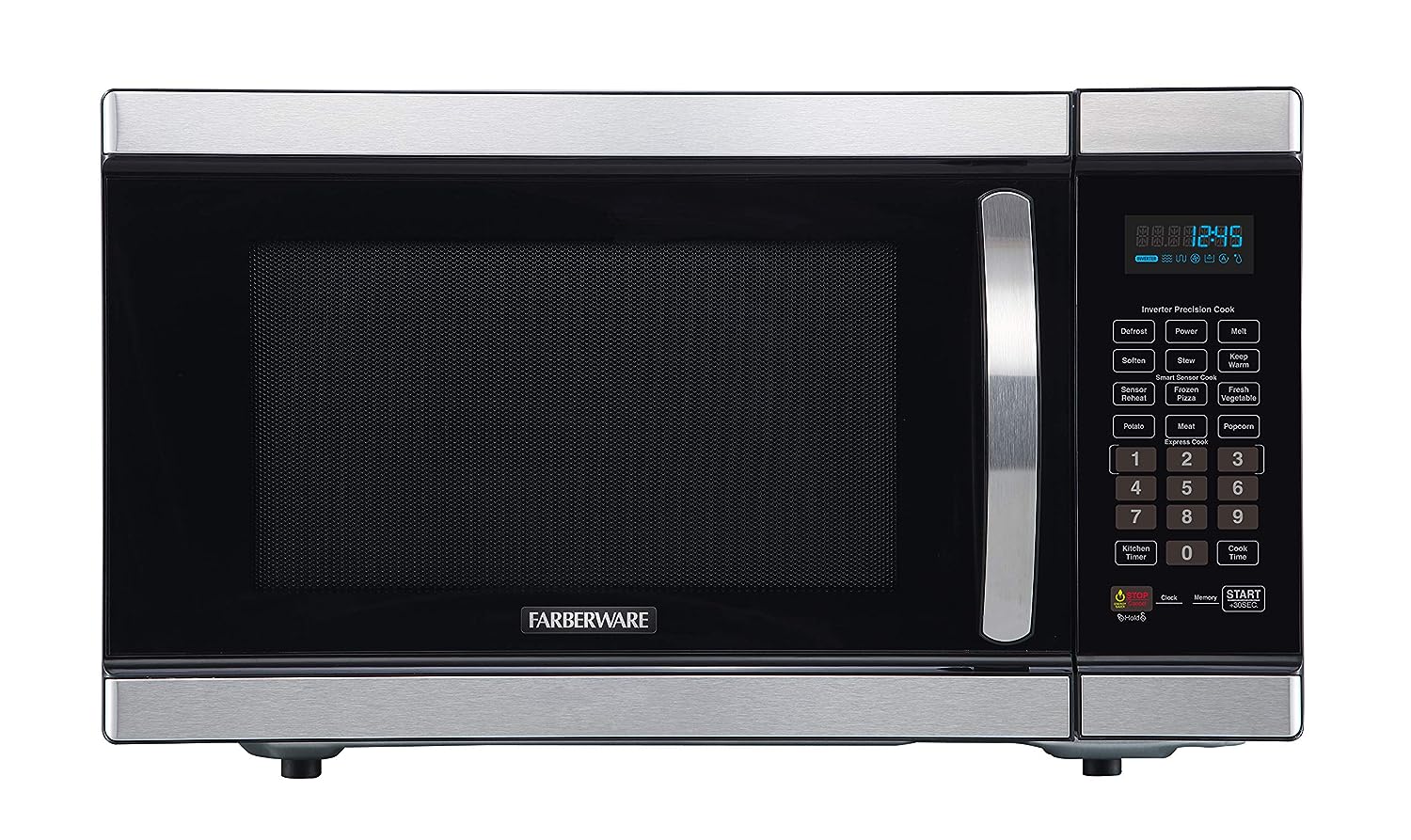
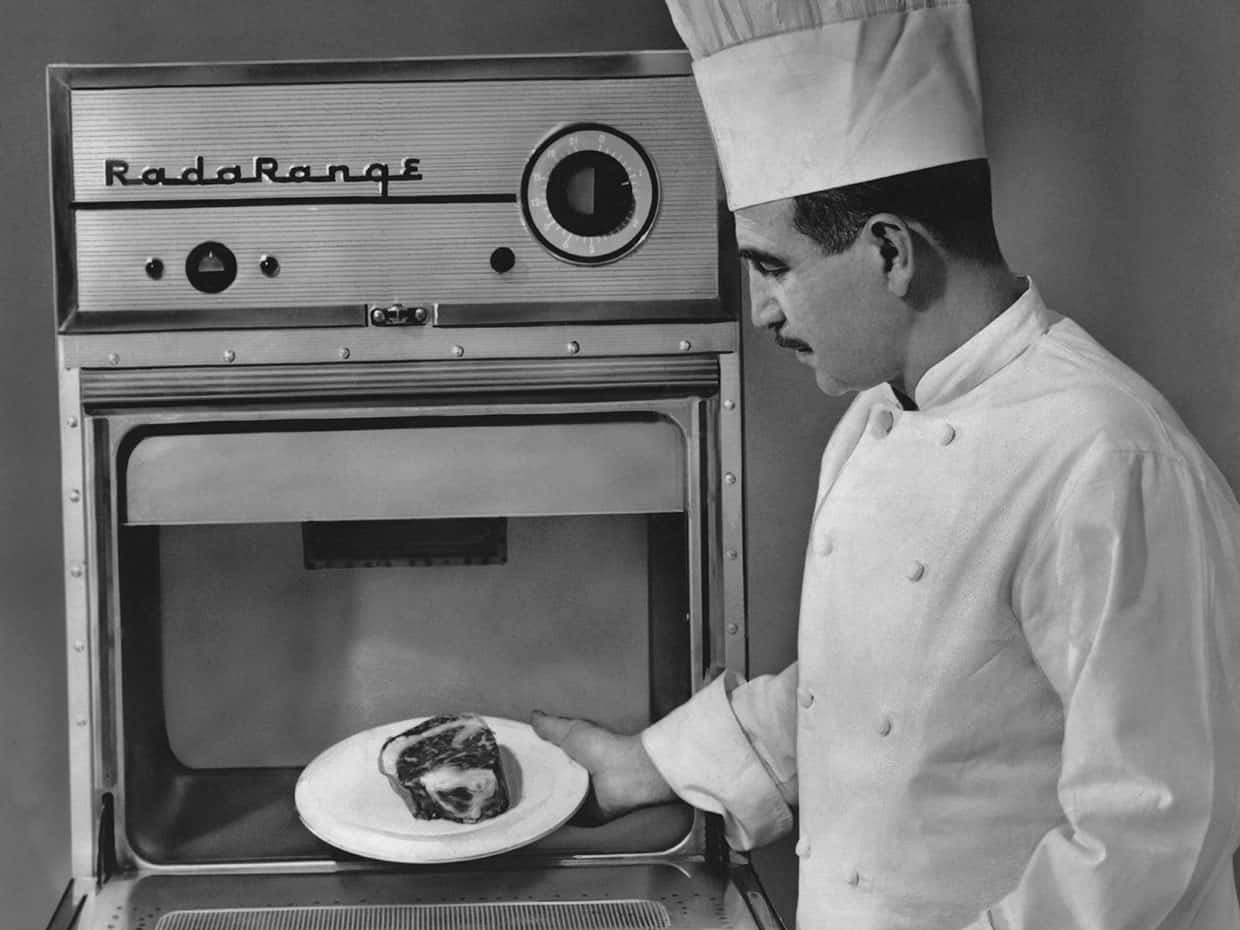
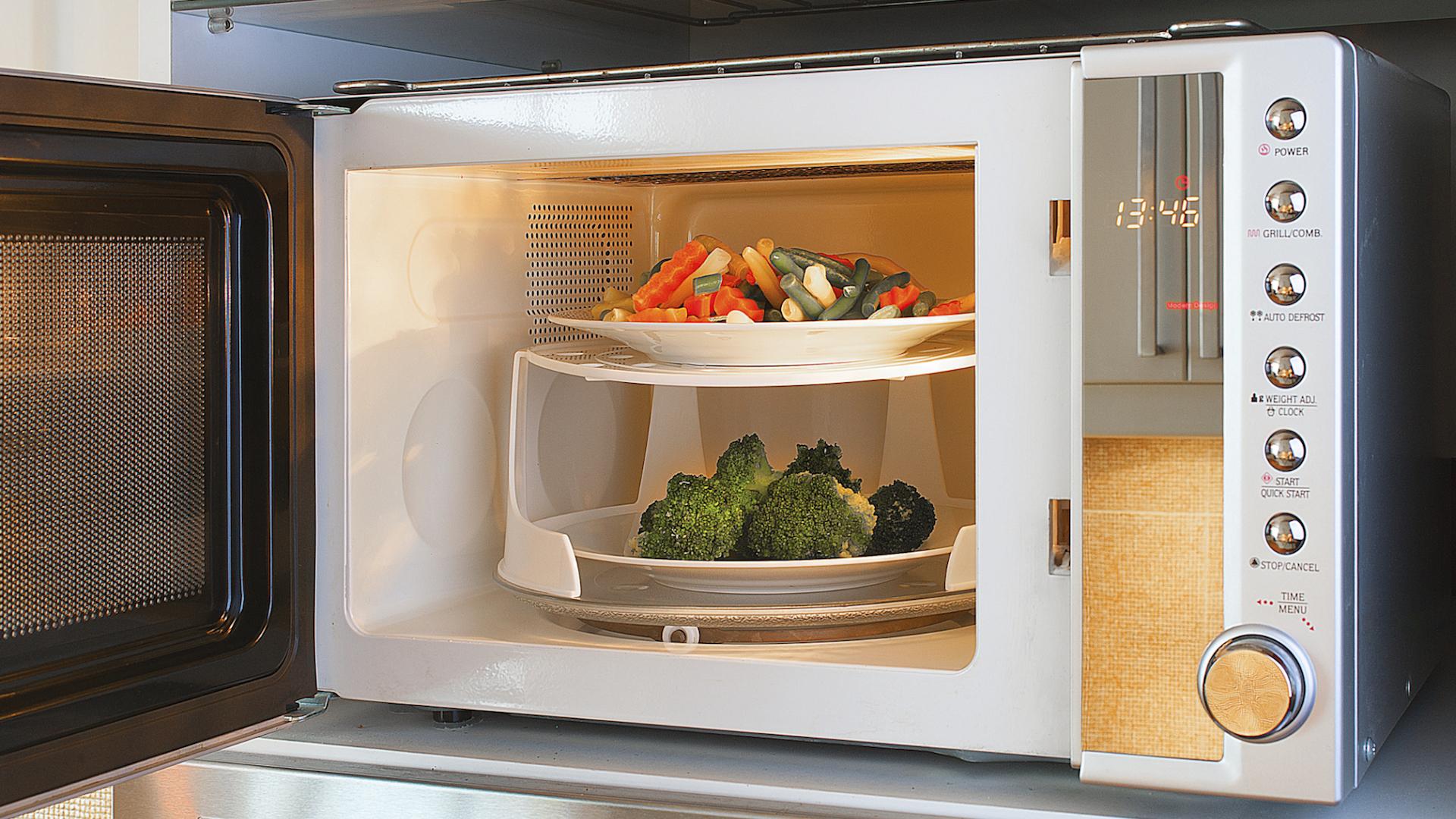
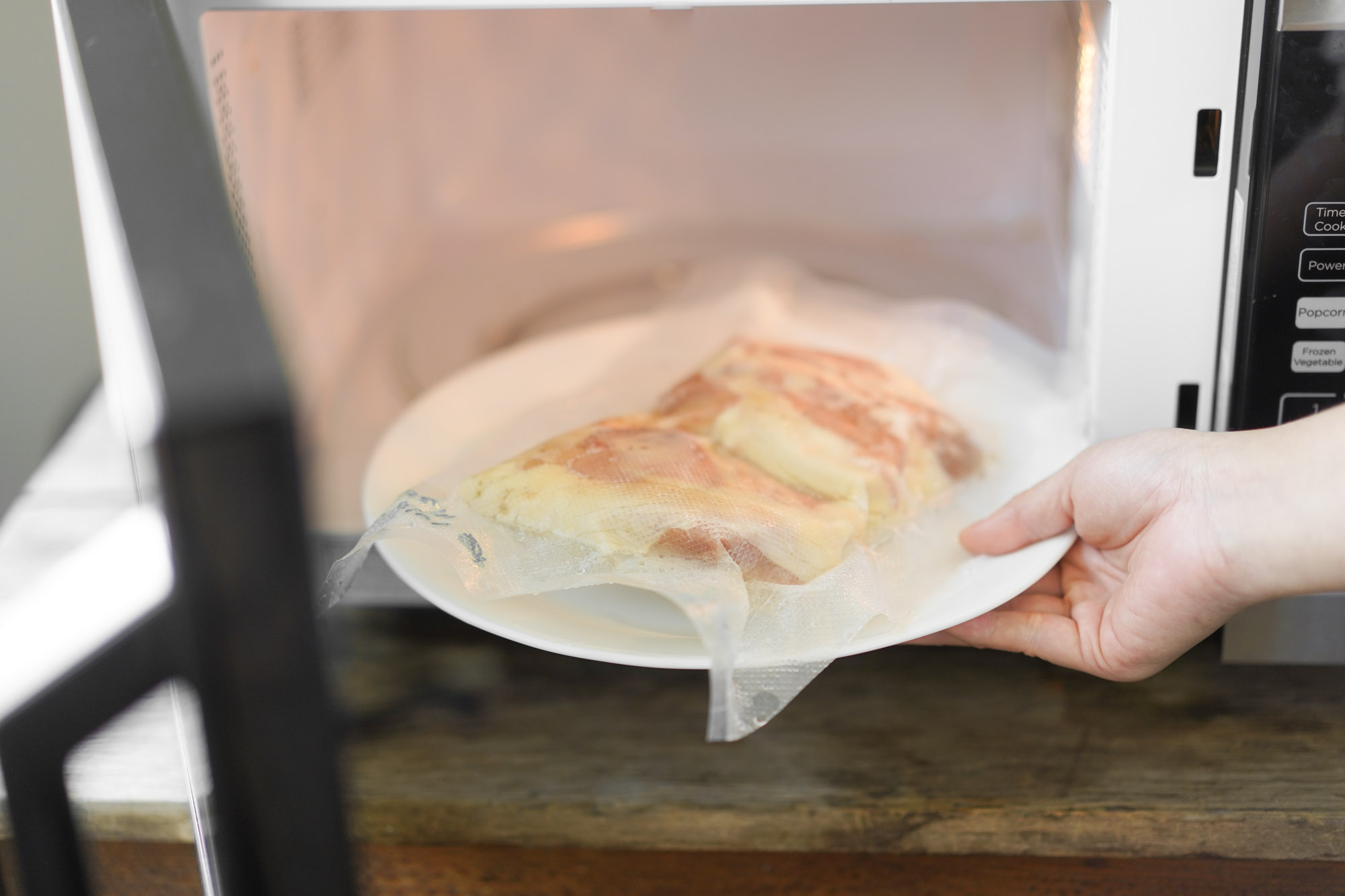

0 thoughts on “What Is A Microwave Oven”